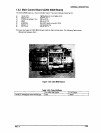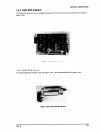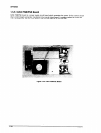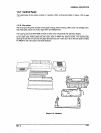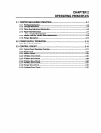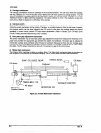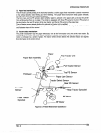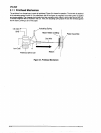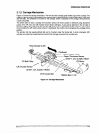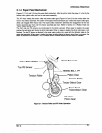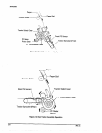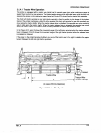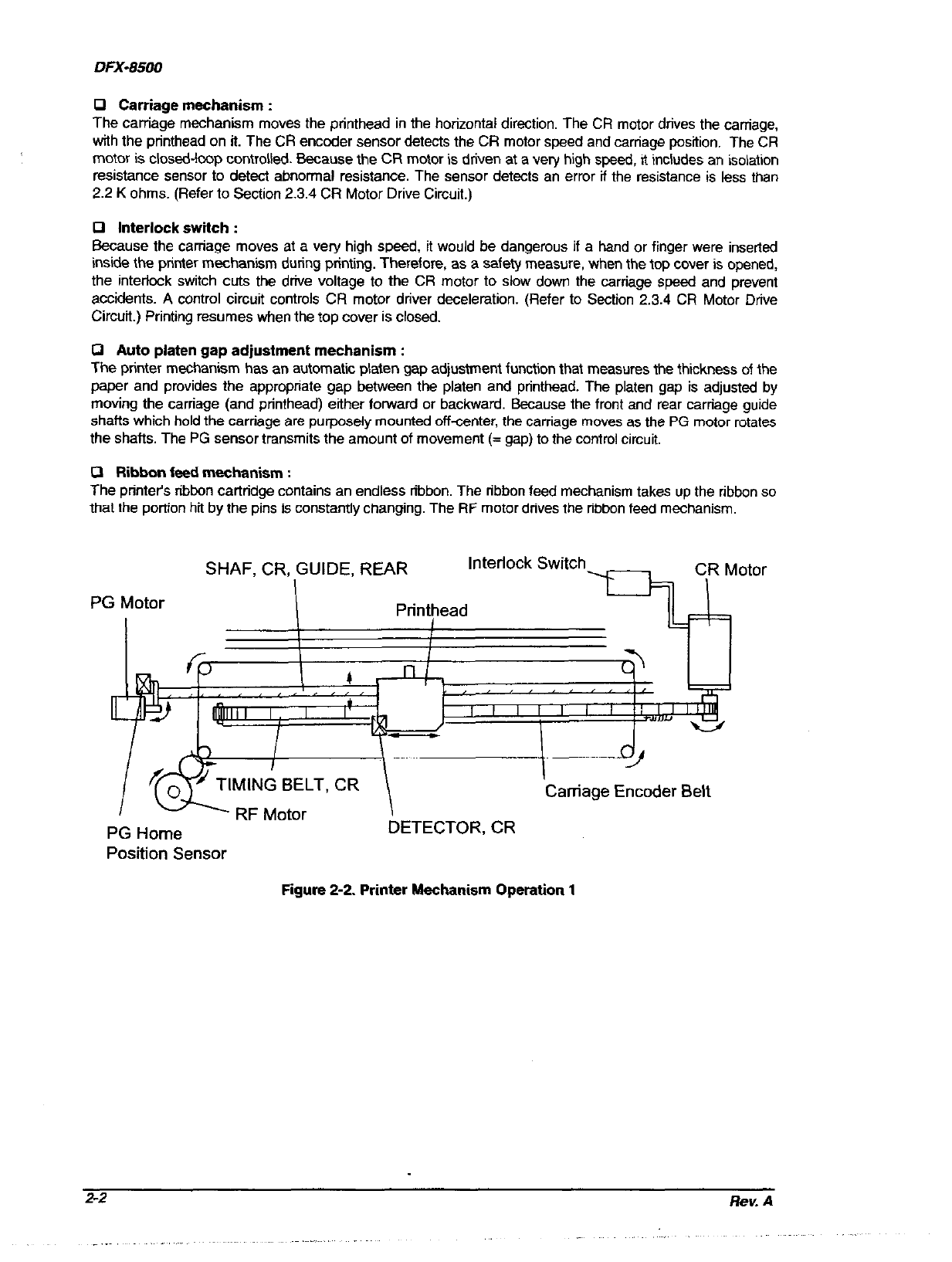
DFX-8500
0 Carriage mechanism :
The carriage mechanism moves the printhead in the horizontal direction. The CR motor drives the carriage,
with the printhead on it. The CR encoder sensor detects the CR motor speed and carriage position. The CR
motor is closed-loop controlled. Because the CR motor is driven at a very high speed. ii includes an isolation
resistance sensor to detect abnormal resistance. The sensor detects an error if the resistance is less than
2.2 K ohms. (Refer to Section 2.3.4 CR Motor Drive Circuit.)
0 Interlock switch :
Because the carriage moves at a very high speed, it would be dangerous if a hand or finger were inserted
inside the printer mechanism during printing. Therefore, as a safety measure, when the top cover is opened,
the interlock switch cuts the drive voltage to the CR motor to slow down the carriage speed and prevent
accidents. A control circuit controls CR motor driver deceleration. (Refer to Section 2.3.4 CR Motor Drive
Circuit.) Printing resumes when the top cover is closed.
0 Auto platen gap adjustment mechanism :
The printer mechanism has an automatic platen gap adjustment function that measures the thickness of the
paper and provides the appropriate gap between the platen and printhead. The platen gap is adjusted by
moving the carriage (and printhead) either forward or backward. Because the front and rear carriage guide
shafts which hold the carriage are purposely mounted off-center, the carriage moves as the PG motor rotates
the shafts. The PG sensor transmits the amount of movement (= gap) to the control circuit.
0 Ribbon feed mechanism :
The printer’s ribbon cartridge contains an endless ribbon. The ribbon feed mechanism takes up the ribbon so
that the portion hit by the pins is constantly changing. The RF motor drives the ribbon feed mechanism.
PG Motor
Interlock Switch
I
-
Carriage Encoder Belt
RF Motor
PG Home
DETECTOR, CR
Position Sensor
Figure 2-2. Printer Mechanism Operation 1




